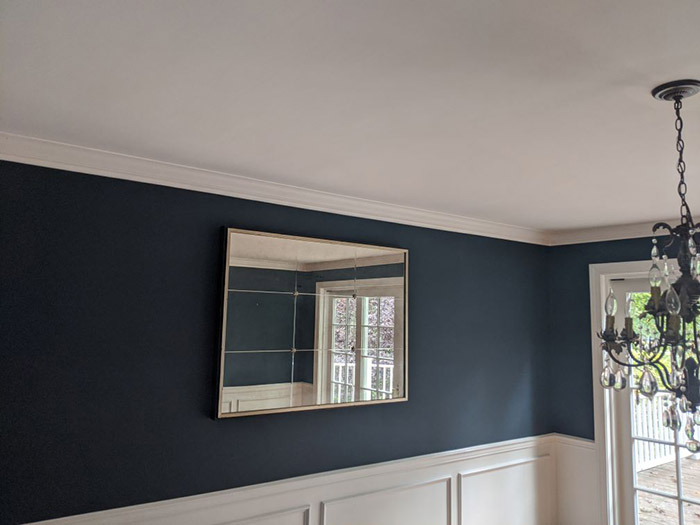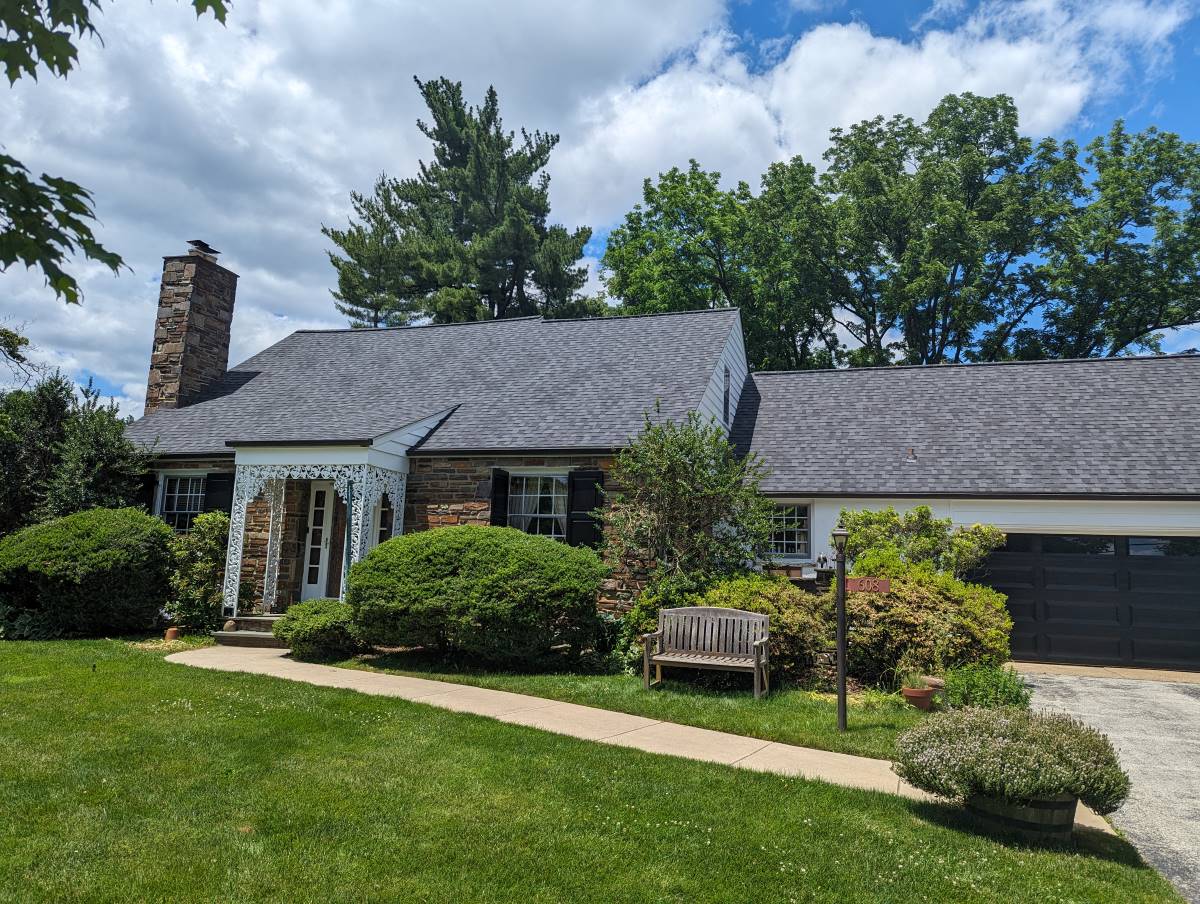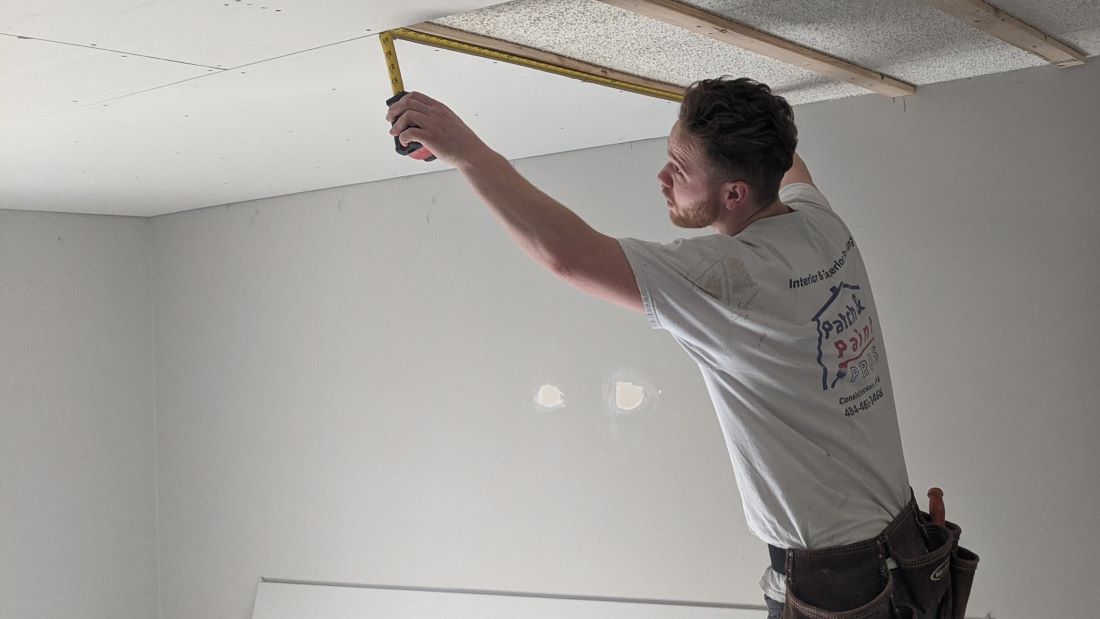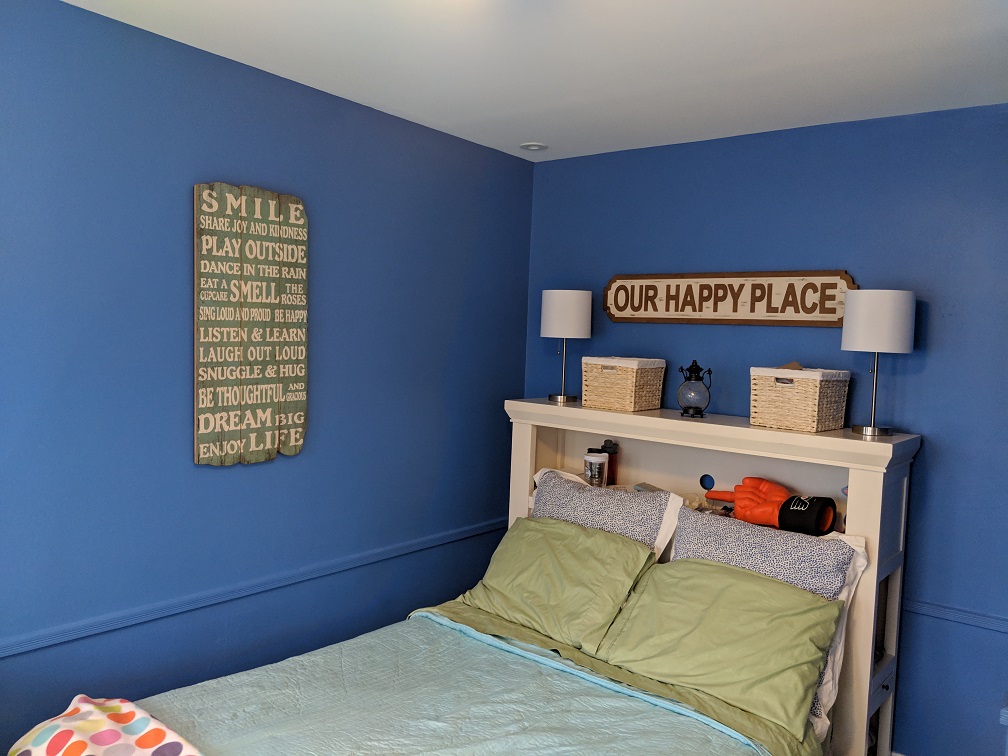If you’re looking to spruce up your home and give it a fresh new look, hiring professional house painters is a great option. However, before you begin the painting process, it’s crucial to consider some important factors in selecting the perfect color for your walls. Given that house painting can be a costly undertaking, it’s crucial to make the right decision from the outset to avoid wasting time and money.
This article will provide insight into how to make sure you have chosen the best colors for each room of your house. We will examine everything from lighting conditions in different rooms and how they affect the choice of paint color, as well as other key factors such as personal preference and complementing furniture pieces.
Room Type And Color Selection
Painting a house can be an exciting journey of color exploration. From selecting exterior paint colors and interior wall tones to deciding on the perfect hues for accents and trim, there are seemingly endless possibilities when it comes to painting your home. However, before you get lost in a rainbow of colors, some important factors should be considered before making any decisions about which paints will work best for each room or area in your house. Dark colors absorb natural light, so if you have a room with limited windows or no direct sunlight coming through them, lighter shades may be more suitable options. Similarly, bright whites and pastels could wash out the look of rooms that have plenty of sunshine streaming in their windows.
Exterior paint colors also need to take into account how much sun exposure is hitting different parts of the house throughout the day; choosing darker shades for south-facing walls may lead to fading over time due to excessive UV rays. Now that we’ve discussed some general rules regarding what type of color selection works best in certain areas of the home, let’s move on to understanding hue, value, and chroma – key elements in creating beautiful spaces with paint!
Understanding Hue, Value, And Chroma
When selecting paint colors, it’s important to understand the differences between hue, value, and chroma. Hue describes a color’s position on the color wheel; when used in painting, hues are usually described as warm or cool tones. Value refers to how light or dark a particular shade is – this can be adjusted by adding white or black pigments to the mix. Finally, chroma is the intensity of a given color – its saturation level.
Darker colors absorb more natural light than lighter shades, so if you’re looking for an accent wall that will draw attention without overpowering other elements in your space, darker hues may be best suited for that purpose. On the other hand, light colors tend to work well for larger areas with lots of windows since they help reflect sunlight and make spaces feel brighter and airier. When choosing from either end of the spectrum, remember to consider which type of look works better depending on where each room receives most of its natural light throughout the day.
No matter what kind of paint colors you choose for your house’s interior and exterior surfaces, understanding how hues interact with one another on the color wheel can help guide your decisions toward creating environments filled with inviting visual interest. With this knowledge at hand, we can now move on to exploring undertones within different shades and their effects when paired together!
Identifying Undertones In Paint Colors
When selecting paint colors, it’s important to consider how their underlying undertones may affect the overall look and feel of a space. Undertones are those subtle hints of color hidden within an actual shade that can either complement or clash with other hues in a room. Taking into account the psychological effects of certain shades can also be helpful when deciding on your desired palette for each area.
For example, warm tones like reds, oranges, and yellows tend to create vibrant energy while blue-based cool tones often give off a more calming vibe. Neutral hues such as grays and browns provide flexibility since they don’t necessarily reflect any particular emotion – instead, they work well as complementary accents when paired with bolder primary colors. It’s all about finding a balance between these different elements so you get the perfect combination of visual stimulation without overwhelming guests who enter your home.
It’s worth noting that even slight variations in hue can have significant impacts on its associated undertone. For instance, light blues may signify tranquility whereas navy blues could convey strength and stability. Thus, it’s essential to use caution when making decisions regarding color selection – doing research beforehand is always beneficial! With this knowledge now at our disposal, we’re ready to explore lighting considerations for painting projects
Lighting Considerations For Painting
When it comes to painting projects, lighting is a crucial factor that must be taken into account. As the saying goes – “you can’t judge a book by its cover” – and the same applies when selecting paint colors for your home. To ensure you get the desired results, here are three important considerations:
- Exterior Painting Services: When planning an outdoor project, consider hiring professionals who specialize in exterior painting services. They will have experience with various types of weather conditions and equipment that can help create beautiful outdoor spaces suited to your needs. Furthermore, they understand how natural light affects color perception which will enable them to provide accurate advice on suitable hues for any environment.
- Artificial Light: Interior rooms exposed to artificial lighting may require different shades than those illuminated by natural sunlight or moonlight. For example, if there is a lot of indoor activity like entertaining guests frequently then warm tones might be preferred over cool ones as they tend to create a more inviting atmosphere. On the other hand, bedrooms should feature cooler colors such as blues and greens since these evoke feelings of relaxation and peace. Additionally, paints with satin finishes work well in areas where artificial light is present because they reflect light better than flat or glossy ones do.
- Effects Of Natural Light: Lastly, keep in mind that the effects of natural light on color perception change throughout the day due to changes in brightness and temperature levels outside. Therefore, before making decisions regarding hue selection make sure to observe how each shade looks under both direct sunlight and indirect daylight (e.g., morning versus evening). Doing so will give you an idea of what type of look you’ll end up with once everything is complete!
Effects Of Natural Light On Color Perception
It is essential to consider the effects of natural light on color selection as it can make or break your paint job. When exposed to direct sunlight, certain exact colors may appear brighter and more vivid than desired whereas in indirect daylight they may look duller or simply not match what you had envisioned. To ensure that this does not happen, choose a range of test swatches from different color palettes and observe how each one looks throughout the day – both indoors and outdoors. Pay attention to subtle nuances such as lighting intensity, shadows, reflections, etc., as these will have an impact on the outcome.
Moreover, when selecting hues for interior rooms be mindful to also take into account artificial lighting which can distort even the most accurate representations of actual paint color samples. If possible enlist help from professionals with experience in this area who can guide you while keeping practicality in mind since some shades might seem great but could prove difficult to maintain over time due to their reflective properties.
As the saying goes “the devil is in the details”; therefore, by being aware of all potential obstacles ahead of time you are less likely to encounter any surprises once the painting begins! With careful consideration now you’ll save yourself stress later – plus get exactly what you want out of your project!
How To Test Paint Before Applying
Once you’ve narrowed down your choices for paint color, it’s time to test out the actual colors and make a final decision. Nothing beats seeing how certain hues will look up close in person compared to their representation on computer screens or printed swatches!
To do this, start by gathering all of your preferred paint swatches from various palettes and apply each one to small sections of the wall that can go relatively unnoticed. This way you can get an accurate idea of which color looks best without having to commit right away. Also keep in mind that depending on the type of finish desired (matte, satin, semi-gloss, etc.) these may appear differently so be sure to adjust accordingly as needed.
Additionally, if necessary enlist help from family members or friends who have different preferences than yourself – they could provide valuable insight into what works best with existing décor elements such as furniture and other decorations.
Don’t forget to consider painting radiators when testing out your chosen paint colors. Additionally, taking photographs can serve as helpful references, especially when deciding whether a particular shade is a right fit for your project. It’s perfectly understandable to need more time to decide even after seeing the colors in person. Ultimately, the most important thing is to choose a color that you love and feel comfortable with, as you’ll be living with it for a while. Happy painting!
Final Thoughts
To conclude, house painting can be a daunting task but with the right knowledge and techniques, you can make an informed decision when choosing paint colors. By considering room type, hue, value, chroma, undertones, and lighting effects, and testing your paint beforehand you will ensure that your space is painted in the best way possible for maximum satisfaction.
As we have seen from this article it is important to plan when deciding on a color scheme for any room or outdoor area. With careful consideration of elements such as hue, value, chroma, and light influences one can create a beautiful atmosphere that reflects their style. After all, there’s nothing quite like coming home to a freshly painted space that evokes feelings of joy and contentment!
So don’t let uncertainty stop you from achieving the perfect look – house painting 101 has got you covered every step of the way! A simile may be used here: “With careful consideration of these factors one can create a beautiful atmosphere akin to a masterpiece!”












